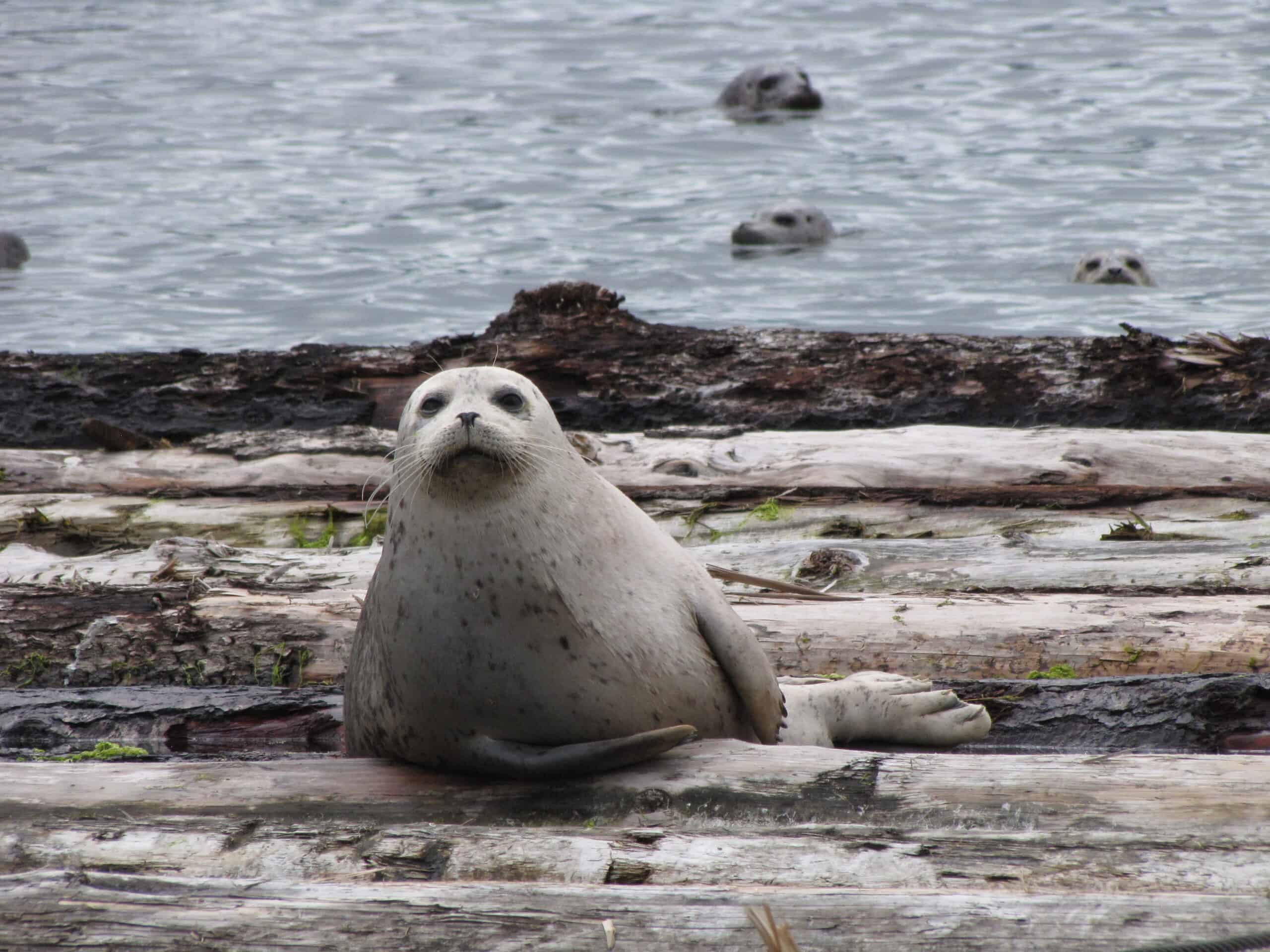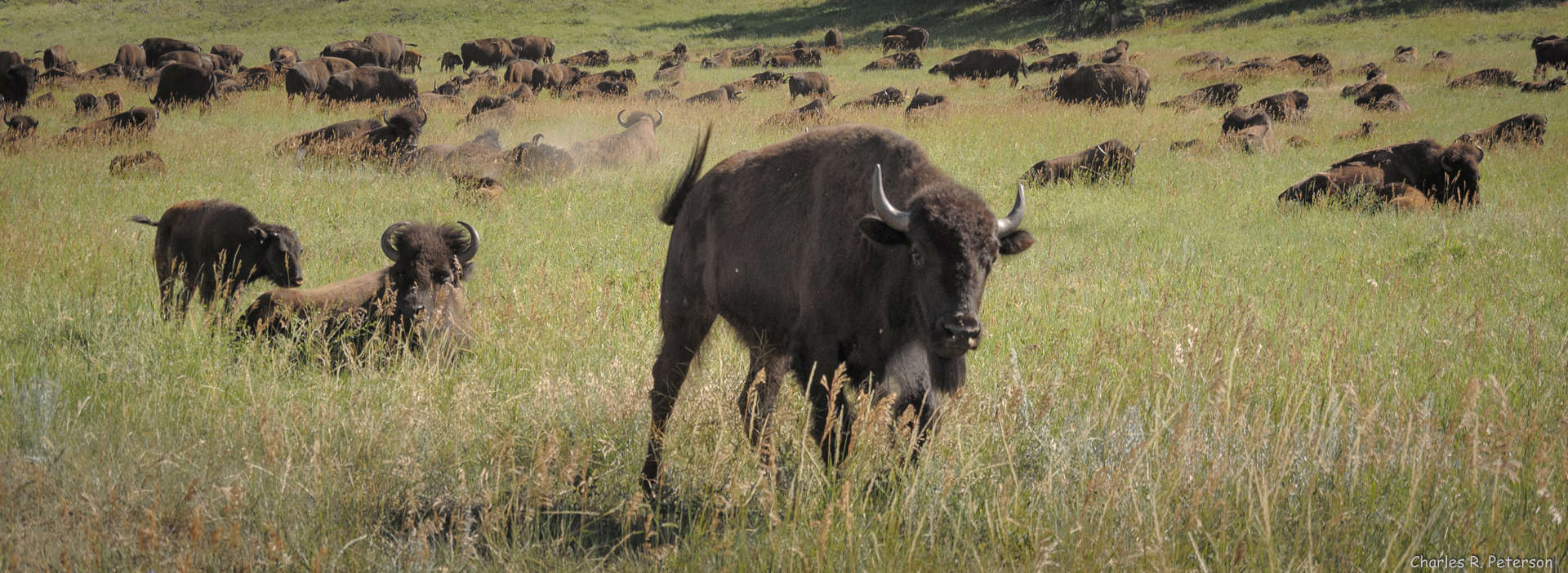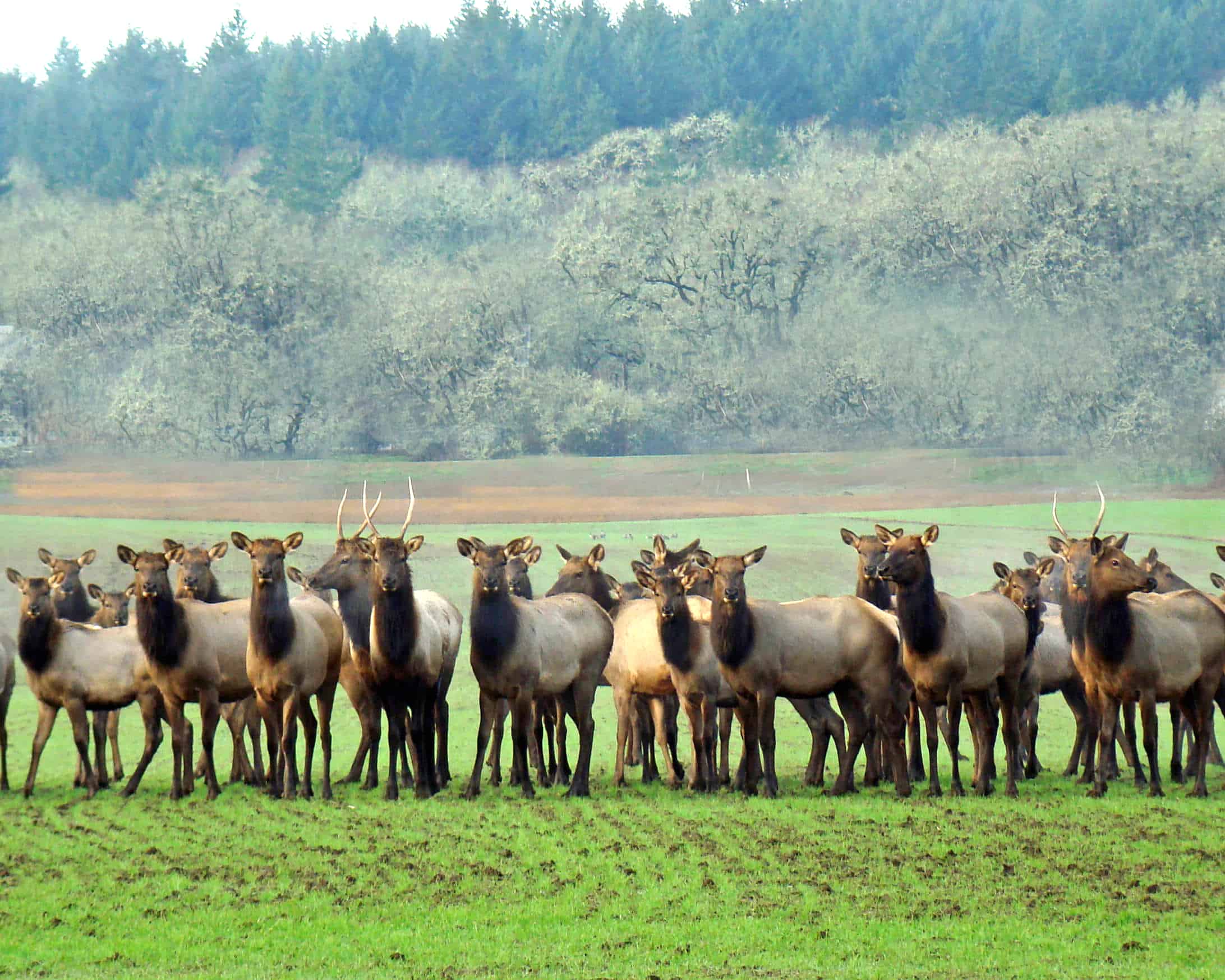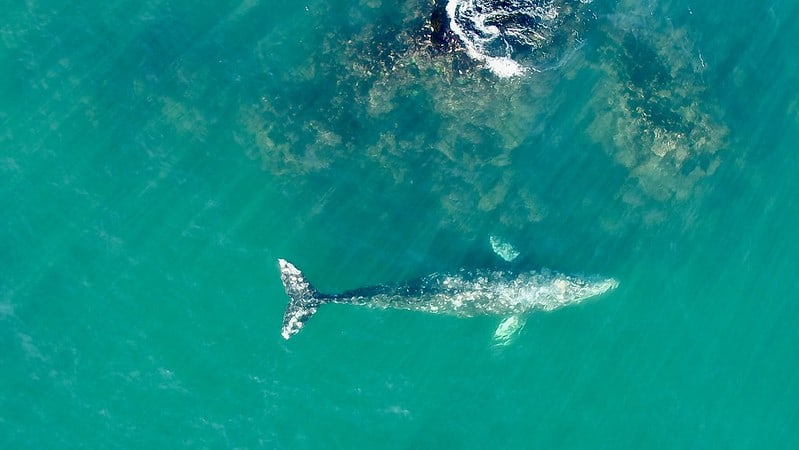Share this article
Wildlife Featured in this article
- harbor seal
- salmon
JWM: What’s the best way to manage harbor seals?
Researchers compared lethal and nonlethal methods to reduce pressure on salmon in Pacific Northwest
Statistical models have revealed the ways that different harbor seal management strategies may affect the population.
Before the 1970s, seal hunting took a toll on the population. But the Marine Mammals Regulations in the Canadian Fisheries Act gave seals and other marine mammals a new level of protection.
At the same time that the pinniped numbers were rebounding, the numbers of salmon—commercially important for the Pacific Northwest—began to drop precipitously.
“Some scientists believed that the recovery of these species had something to do with the decline of these salmon,” said Benjamin Nelson, a data scientist based in Seattle.
The reason for salmon decline isn’t completely clear, and other factors like climate change and dams built in upstream spawning pools may also play a role. Nonetheless, a number of stakeholders have called for seal and sea lion culls, such as those that the U.S. and Canadian governments organized in the 19th and early 20th centuries, to protect salmon numbers. Other stakeholders are interested in examining more humane options for population control—one of those being the sterilization of female harbor seals (Phoca vitulina).
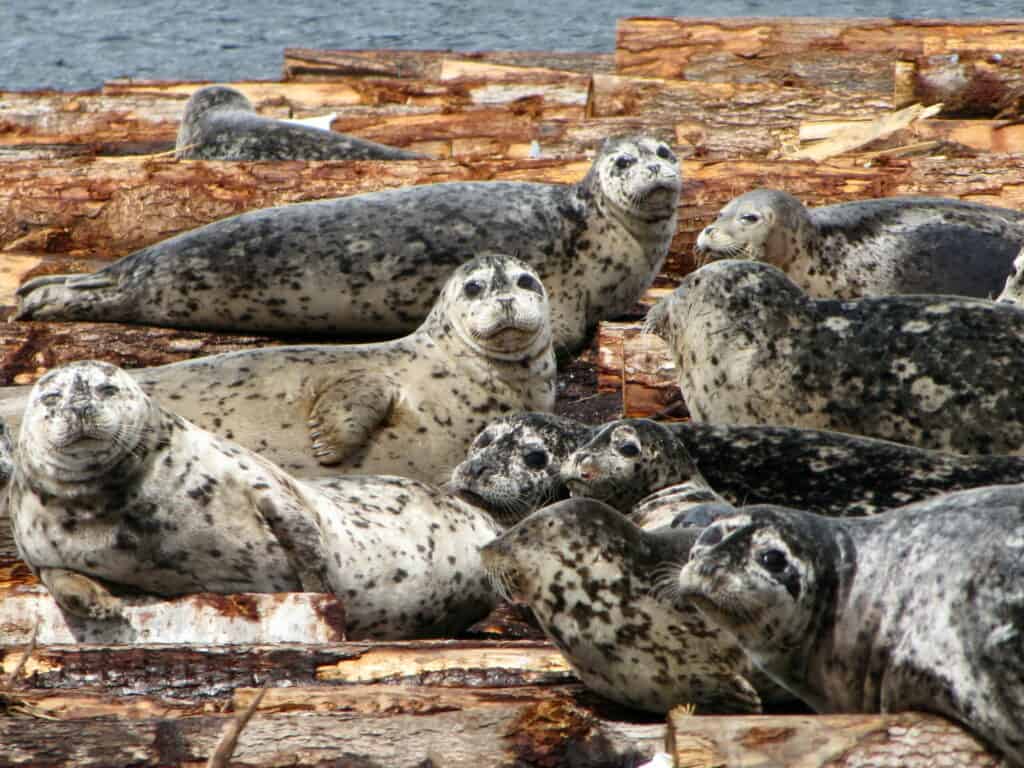
While sterilization hasn’t been tested on harbor seals, a small pilot test conducted by other researchers in the 1990s on the eastern seaboard showed that the method was effective on gray seals (Halichoerus grypus).
As part of his PhD thesis at the University of British Columbia, Nelson led a study published recently in the Journal of Wildlife Management in which he and his colleagues used models to predict the effect that these management strategies—culling and sterilization—would have on harbor seal populations off the coast of British Columbia.
Effects of control
Both techniques would take a considerable effort to reduce seal numbers. But the models showed that culling was the most effective way to reduce the seal population. “Using indiscriminate harvesting exclusively would require removing at least 6,000–7,000 adult animals each year to reduce the current population by half, within a 25-year period,” the authors wrote in their paper. Within that same time frame, managers would have to sterilize 5,000 adult females per year to achieve the same reduction, but this would require significantly more effort and money.
Sterilization would have a more long-lasting effect on the population, though, the models showed. Sterilized females would continue to live in the population and take up resources without reproducing. This could be good if wildlife managers are looking for a longer lasting effect, or it could be bad, taking away the ability to reverse any losses in seal numbers if stakeholders have a change of heart.
Culling would also have a less long-lasting effect on the population, since young, breeding females could more quickly replace those lost.
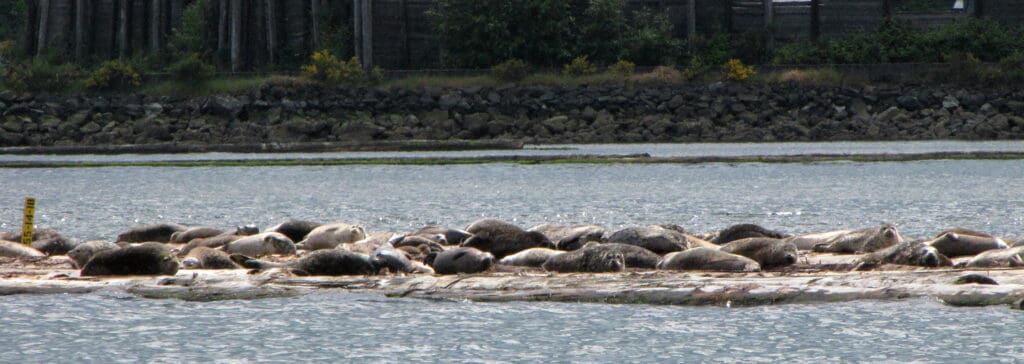
Nelson said that a mix of techniques might also be useful for wildlife managers. For example, managers can cull them down to half of their numbers, then use sterilization afterward to ensure the numbers don’t rise up so high again.
Nelson said that this study is just a preliminary examination using statistical models. A pilot project would likely be needed, especially on the sterilization before any further steps are taken.
Decisions on the topic would also likely be controversial and would need to take the views of all stakeholders into account before approval.
This article features research that was published in a TWS peer-reviewed journal. Individual online access to all TWS journal articles is a benefit of membership. Join TWS now to read the latest in wildlife research.
Header Image: Some people blame harbor seals for the drop in salmon numbers in the Pacific Northwest in recent decades. Credit: Benjamin Nelson



